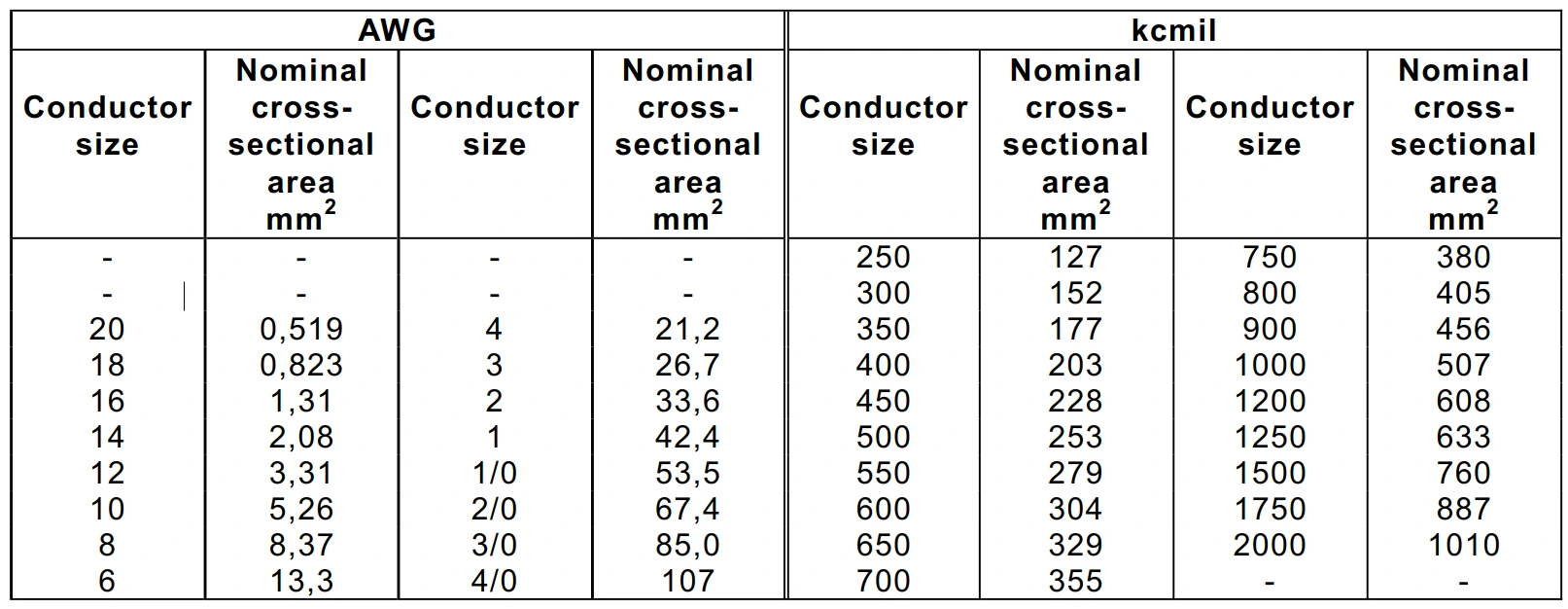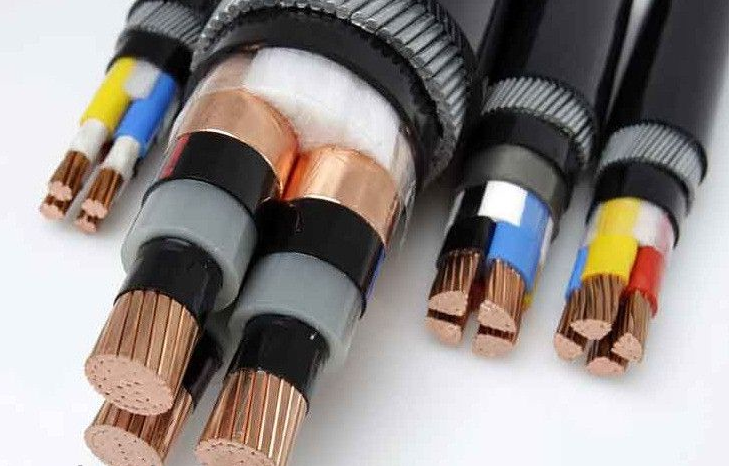Administrative Order of 1987
The Philippine Electrical Code (PEC) is based on the National Electrical Code (NFPA 70) with a major update on changing the Imperial Units to Metric Units in compliance to the Administrative Code of 1987, the metric system of weights and measures shall be used in the Philippines for all products, articles, goods, commodities, materials, merchandise, utilities, services, as well as for commercial transactions like contracts, agreements, deeds and other legal instruments publicly and officially attested, and for all official documents. Only weights and measures of the metric system shall be officially sealed and licensed.
The 2009 PEC used the 2005 Edition of the National Electrical Code as referenced Code. The current 2017 PEC is based on the 2014 NEC.
Comparison of Cable Sizes
| ISO CROSS-SECTION mm² |
SIZE AWG / MCM |
EQUIVALENT CROSS-SECTION mm² |
PEC mm² |
|---|---|---|---|
| 0.2 | 24 | 0.205 | |
| - | 22 | 0.324 | |
| 0.5 | 20 | 0.519 | |
| 0.75 | 18 | 0.82 | |
| 1.0 | - | - | |
| 1.5 | 16 | 1.3 | |
| 2.5 | 14 | 2.1 | 2.0 (1.6) |
| 4.0 | 12 | 3.3 | 3.5 (2.0) |
| 6.0 | 10 | 5.3 | 5.5 (2.6) |
| 10 | 8 | 8.4 | 8.0 (3.2) |
| 16 | 6 | 13.3 | 14 |
| 25 | 4 | 21.2 | 22 |
| 35 | 2 | 33.6 | 30 |
| 50 | 0 (1/0) | 53.5 | 50 |
| 70 | 00 (2/0) | 67.4 | 60 |
| 95 | 000 (3/0) | 85 | 80 |
| - | 0000 (4/0) | 107.2 | 100 |
| 120 | 250 MCM | 127 | 125 |
| 150 | 300 MCM | 152 | 150 |
| 185 | 350 MCM | 177 | 175 |
| 400 MCM | 203 | 200 | |
| 240 | 500 MCM | 253 | 250 |
IEC 60228
Conductors described in IEC 60228 are specified using metric sizes. In North America, however, conductor sizes and characteristics follow the American Wire Gauge (AWG) system, with kcmil used for larger sizes, as outlined below. These sizes are mandated uniformly across national regulations for electrical installations. IEC TC 20 cable product standards do not accommodate cables with AWG or kcmil conductors.

